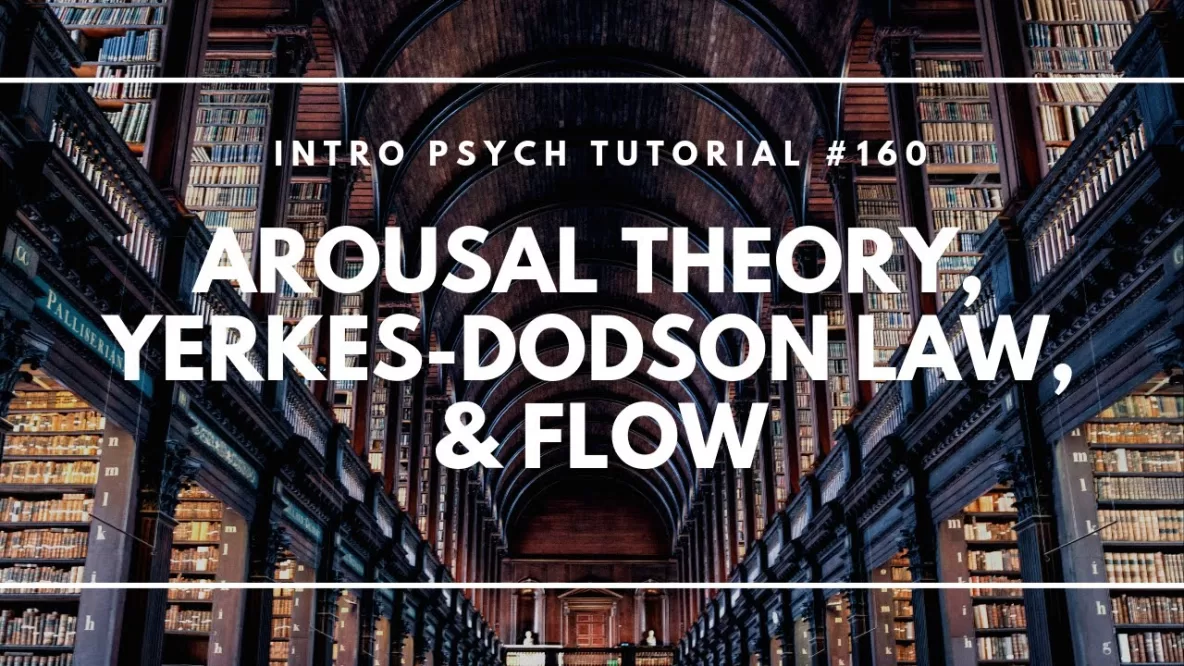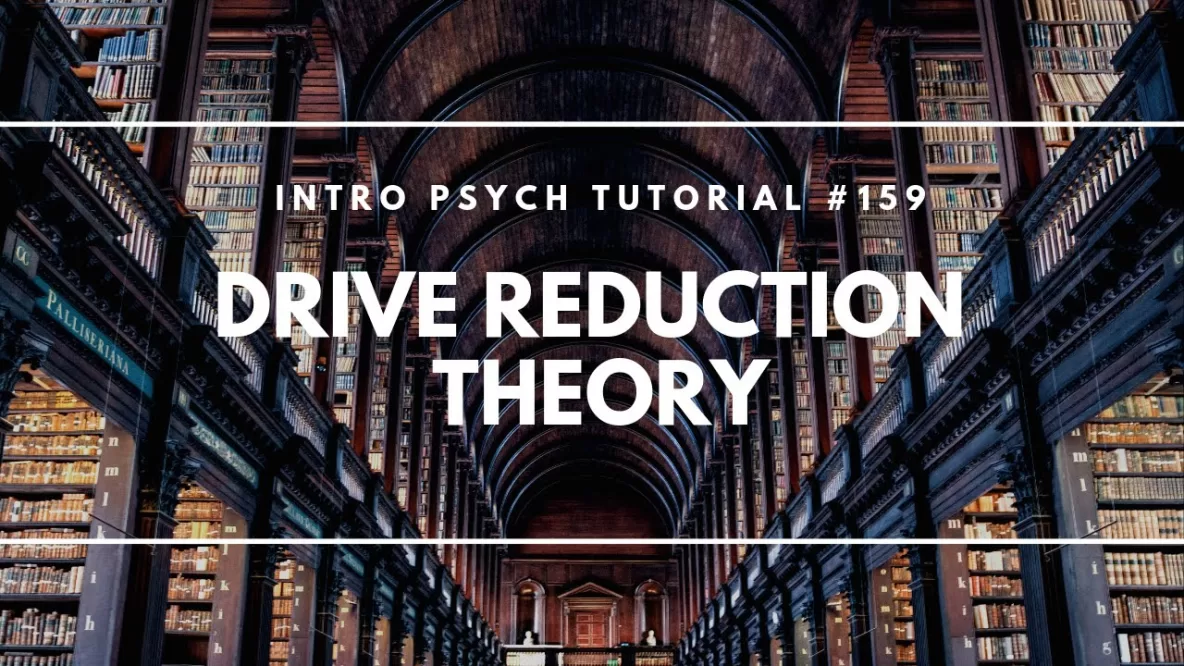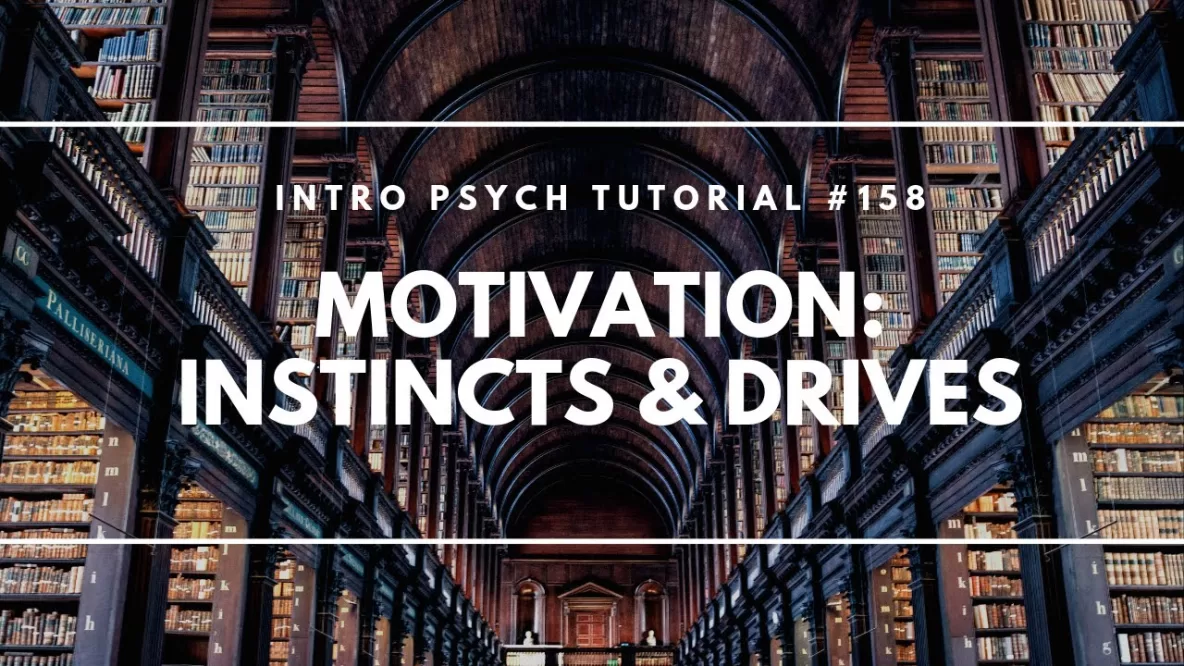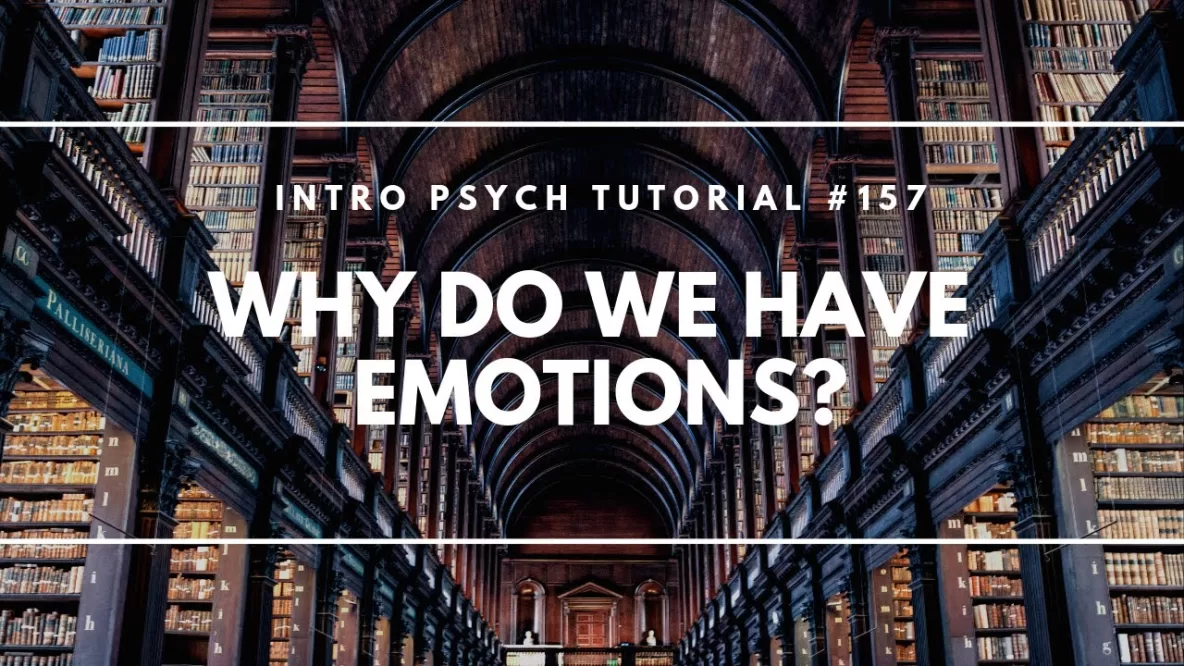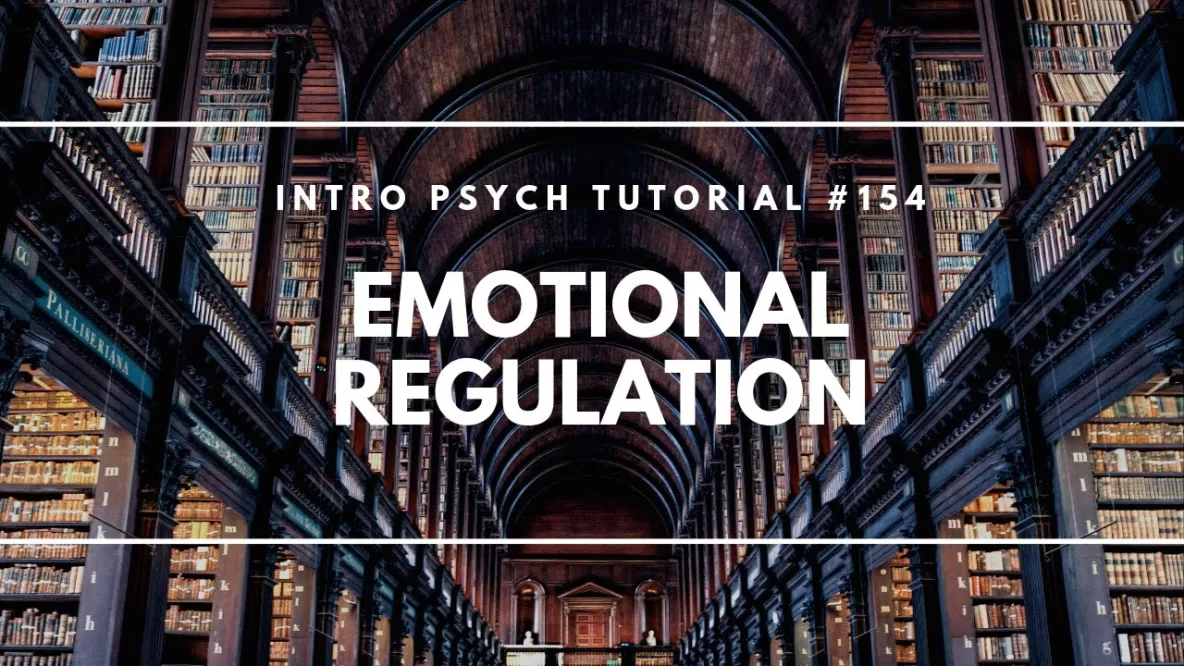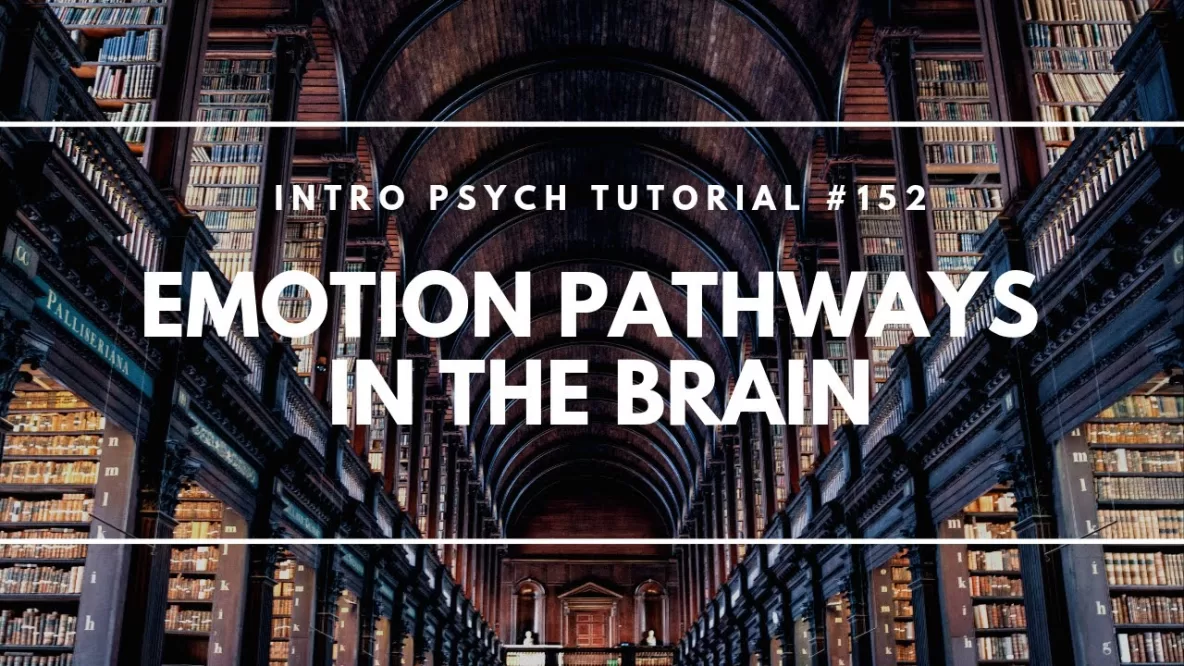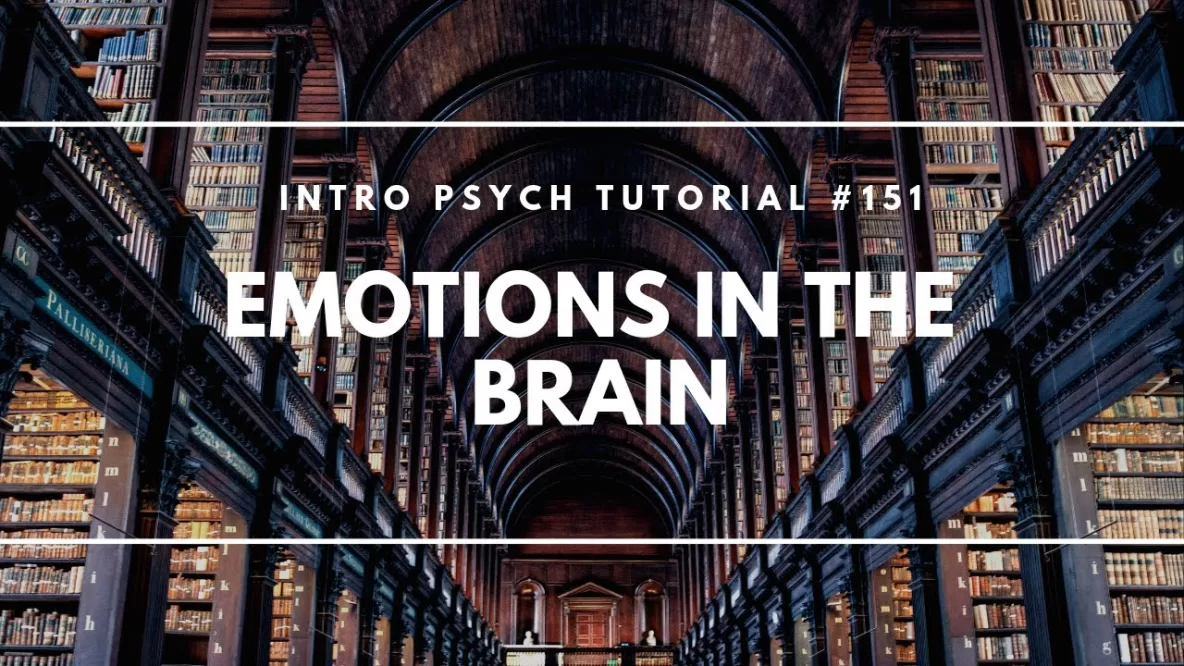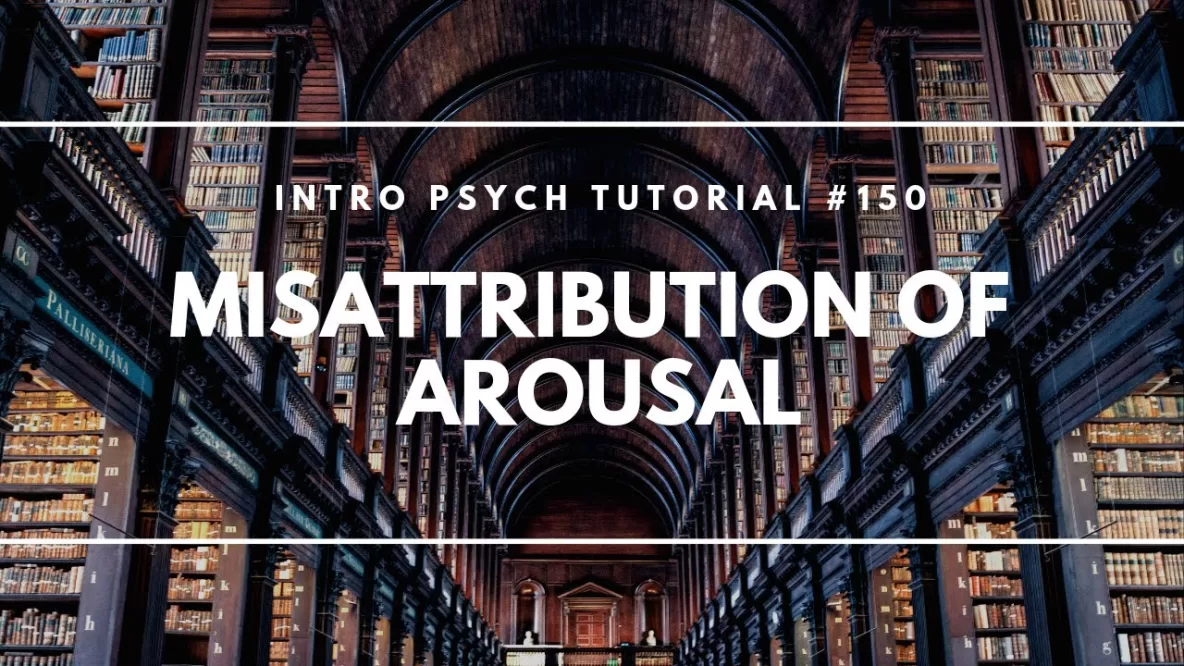In this video I describe arousal theory, the Yerkes–Dodson law, and flow. Arousal theory suggests that there is an optimal level of arousal that we are motivated to maintain and that we will seek out activities that serve to raise … Read More
Drive Reduction Theory
In this video I describe Clark Hull’s Drive Reduction Theory. This theory proposes that behaviors can be considered rewarding because they reduce drives. Drives can then be regarded as primary drives or secondary drives, depending on whether they directly aid … Read More
Motivation: Instincts & Drives
www.psychexamreview.com In this video I describe two theories of motivation; the concept of instincts and drive theory. Instincts referred to inherited tendencies that were considered to motivate behavior without any prior experience. Later, drive theory proposed that departures from an … Read More
Why Do We Have Emotions?
In this video I discuss why we have emotions and how they play a role in our assessments of good and bad, our decision-making, and even our perception. I describe the hedonic principle, Antonio Damasio‘s patient Elliot, and the rare … Read More
Emotional Expression & Social Interaction
In this video I discuss the importance of emotional expression in social interaction and how we use signals from others to gauge their emotional states. This also relates to display rules for when it’s appropriate to express certain emotions and … Read More
The Expression of Emotions
In this video I discuss how emotions are more than just internal states and that we express them to others and also recognize the expressions of others. We communicate our emotional state to others in a number of ways, including … Read More
Emotional Regulation
In this video I discuss the role of the cortex, particularly the frontal lobes, in emotional experience. Cortical involvement in emotions means that we can use cognitive and behavioral strategies in how we respond to emotional stimuli and how we … Read More
Emotion Pathways in the Brain
In this video I describe the two pathways leading to the emotion processing areas of the brain described in the previous video. The fast pathway (or low road) goes to the amygdalae and allows for a quick and dirty emotional … Read More
Emotions in the Brain
In this video I describe two early studies looking at the role of brain structures in emotion processing; work by Heinrich Kluver & Paul Bucy, and James Olds & Peter Milner. These studies helped to identify the role of structures … Read More
Misattribution of Arousal
In this video I explain the idea of misattribution of arousal; when people misinterpret their physiological arousal, which may cause them to mislabel their emotional experience. I explain how this was demonstrated in Schachter & Singer’s study (discussed in the … Read More

